Camelthorn
Information
Alhagi Maurorum - Fabaceae Family - Perennial
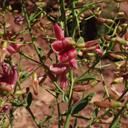
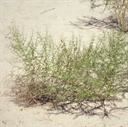
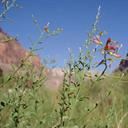
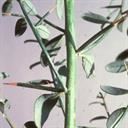
Identification
- Flowers: The small, pea-like flowers extend from the spines located along the rigid branches. These flowers are brown to maroon in color.
- Seeds: Seed pods are constricted between the individual seeds and are tipped with a small beak.
- Leaves: The leaves are alternate, ovate to lanceolate from 0.25-1.25 in. (0.6-3.2 cm) long with smooth margins.
- Flowering Time: Camelthorn starts growth in early to mid-spring with flowers blooming from June to August.
- Life cycle: Camelthorn is a perennial shrub that spreads primarily through its extensive rhizomatous root system. This root system often travels in excess of 25 lateral feet from the parent plant.
Impacts
- Camelthorn readily outcompetes many other plants for nutrients and water due to its extensive root system.
- Camelthorn spines can puncture vehicle tires along roadways and cause injury to humans and some other animals.
- Oil from Camelthorn leaves can be used as a treatment for rheumatism. The flowers can also be used to treat Piles (hemorrhoids).
Control
Most effective control methods
- Mechanical control methods (pulling, cultivation, etc.) are largely ineffective due to Camelthorn’s extensive root system.
- Camelthorn can be somewhat controlled through grazing by animals such as sheep and camels.
- There are currently no traditional biocontrol agents approved for use on Camelthorn in the US.
- Camelthorn can be effectively controlled via chemical means, but only with continued treatment for a minimum of 3 years.
Large Images
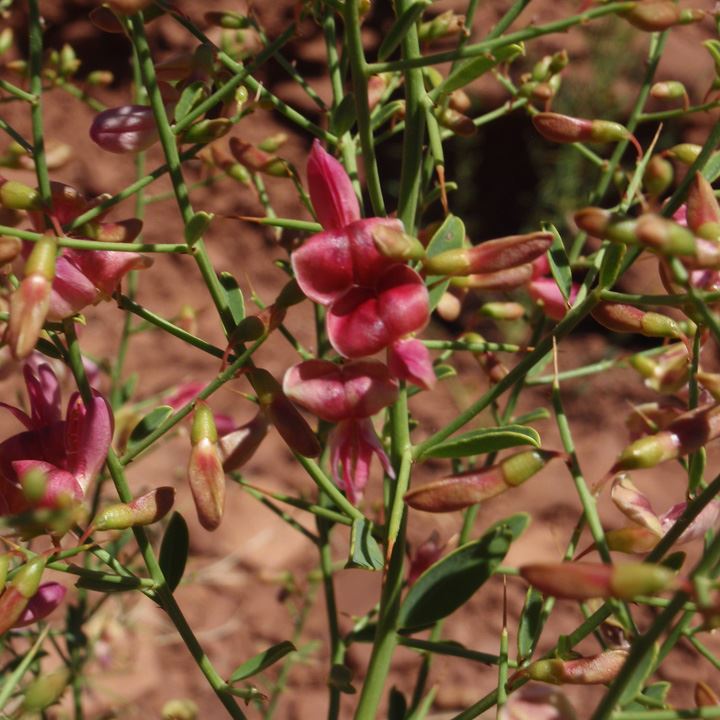
Camelthorn: flowers
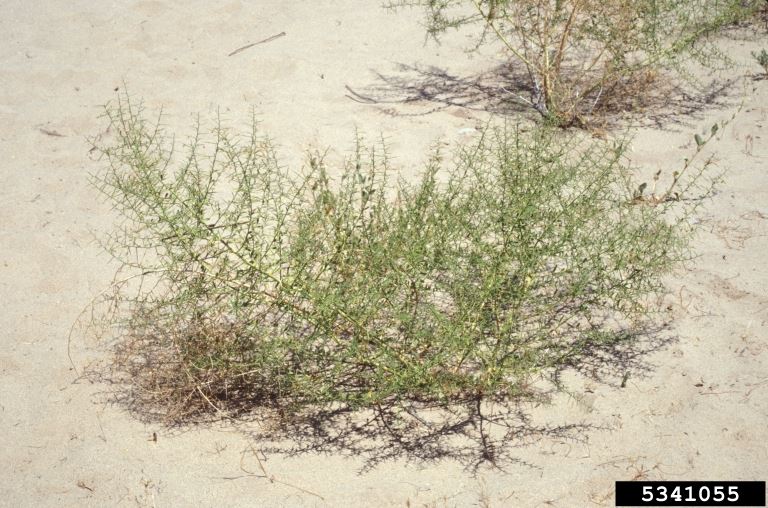
Camelthorn: full plant
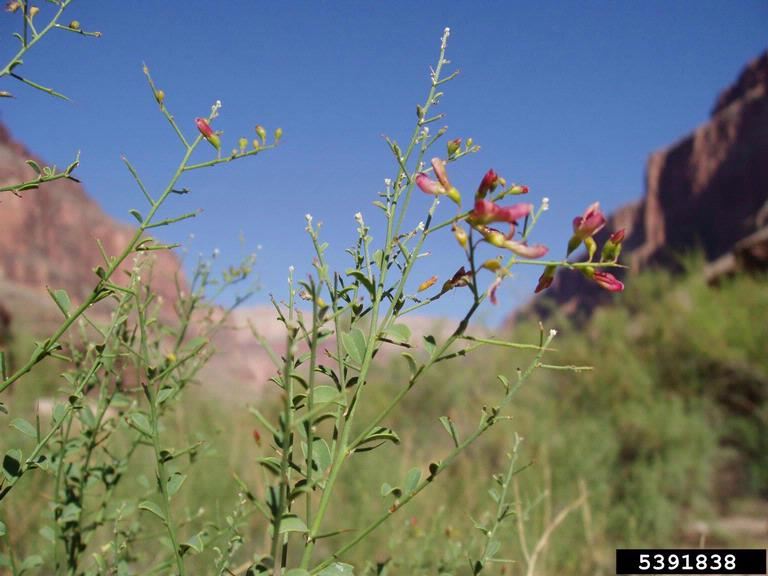
Camelthorn: foliage and flowers
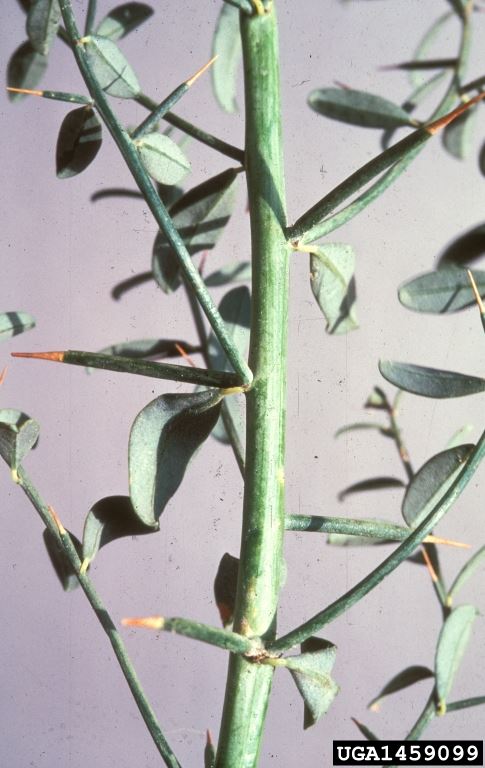
Camelthorn: Stems, foliage, and thorns
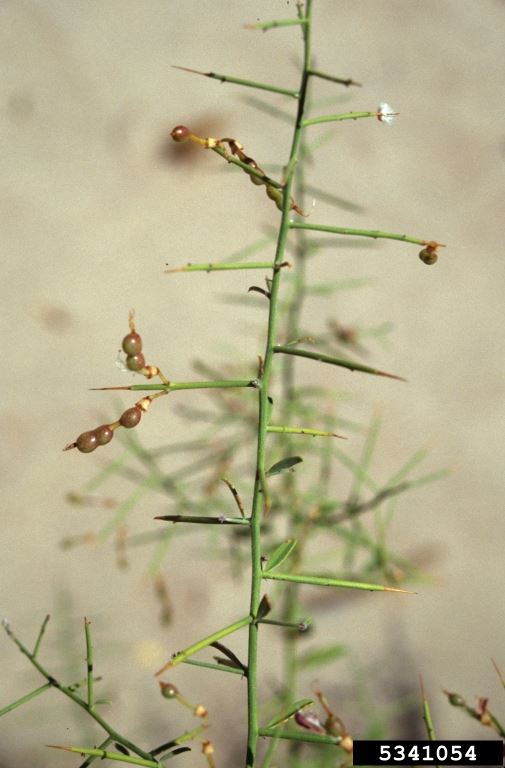
Camelthorn: fruit
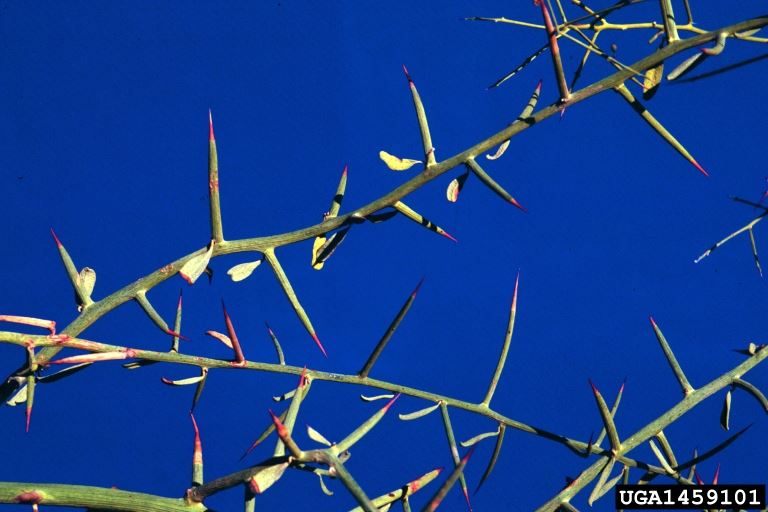
Camelthorn: thorns
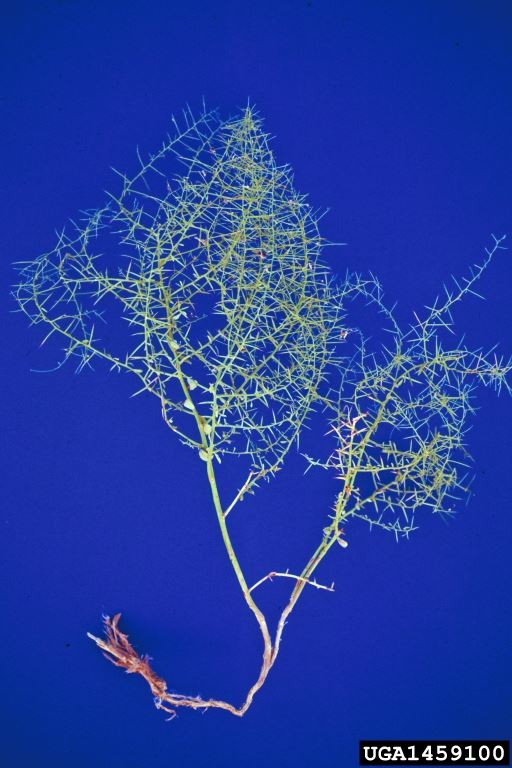
Camelthorn: full plant including root system
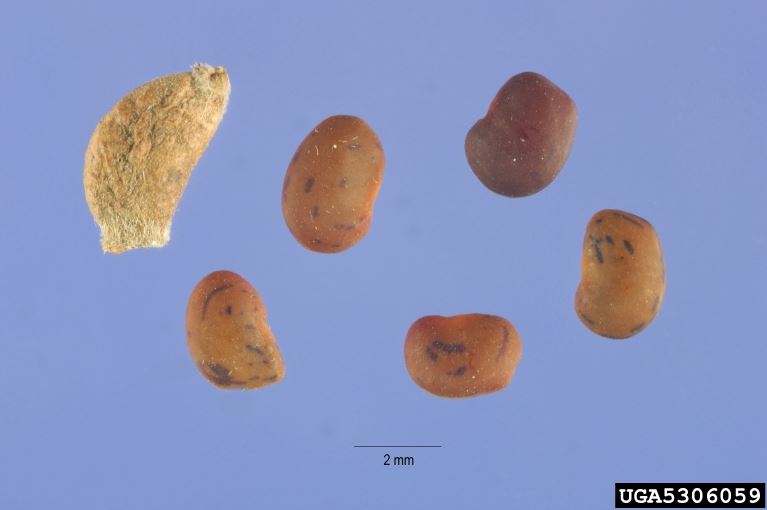
Camelthorn: seeds
Resources
-
References
DiTomaso, J.M., G.B. Kyser et al. (2013). Weed Control in Natural Areas in the Western United States [PDF file]. Weed Research and Information Center, University of California. Retrieved from https://wric.ucdavis.edu/information/natural-areas/wr_A/Alhagi.pdf View PDF
Hoshovsky, M., & O’Connell, R. IPCW plant report: Alhagi pseudalhagi. Retrieved from https://www.cal-ipc.org/resources/library/publications/ipcw/report4/
Invasive Species Compendium. (2018, March 27). Alhagi maurorum (camelthorn). Retrieved from https://www.cabi.org/isc/datasheet/4215
United States Department of Agriculture. (2014, September). Field guide for managing camelthorn in the Southwest [PDF file]. Retrieved from https://www.fs.usda.gov/Internet/FSE_DOCUMENTS/stelprdb5410108.pdf View PDF
University of Arizona Cooperative Extension. (2005, January). A homeowner’s guide to camelthorn [PDF file]. Retrieved from https://extension.arizona.edu/sites/extension.arizona.edu/files/pubs/az1350.pdf View PDF




